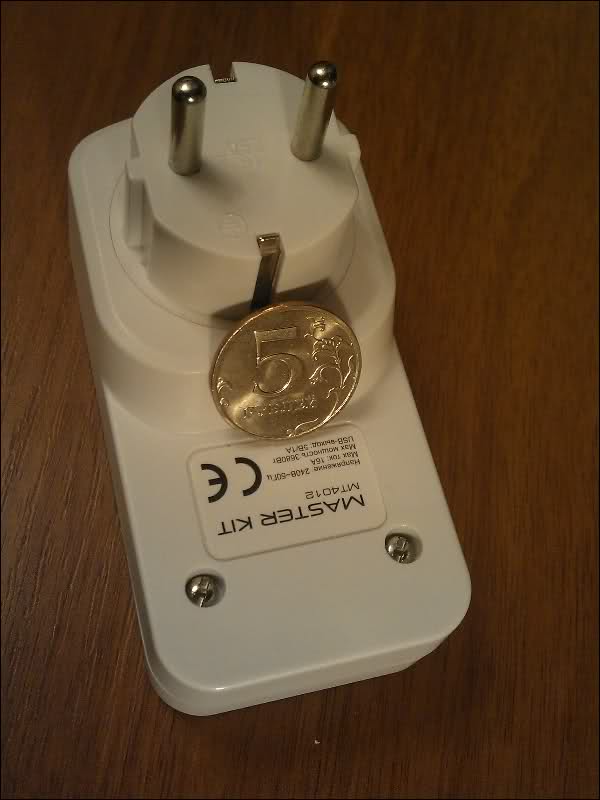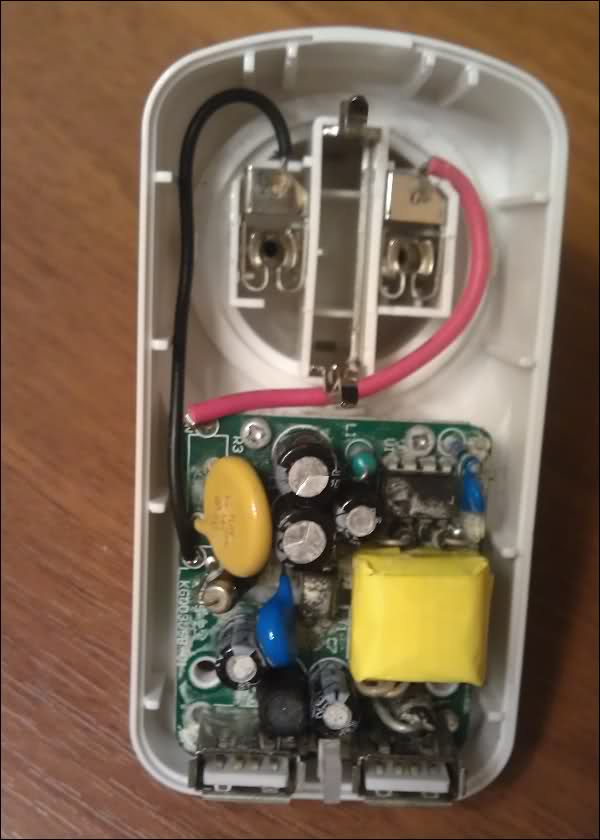Learning to write gadget reviews
We are not professional journalists. Moreover, we are not journalists at all. We just use a little of the techniques they invented. One way or another, you won’t get enough of journalists at all, while many good ideas are killed by mediocre implementation. Indeed, many often have seen (including on Habré) how a very curious gadget is literally "stoked" by not the most successful review. After the discharge of karma, the person who wrote such a review often disappears any desire to write anything at all. And the only fault is that it is not at all his own fault, but because of the lack of practice and due enthusiasm that he loses attention to details that, when properly studied, turn an unsuccessful review into an interesting reading matter. I studied this problem for some time, and came to some conclusions, which (in my humble opinion) may become a kind of manual for those who in the future decide to write some kind of review. Of course, among us there are quite talented people who, even without any manuals, can rivet a masterpiece, but many (like me, for example) were not lucky to be born with such talent.
As an example, I took the first thing that caught my eye from recently acquired gadgets. Really existing device: USB-tee from Masterkit. Useful gizmo - without the extra bells and whistles, reliable enough and simple.

The first reaction: “Well, you give ... And do things like that do reviews? 0_o "
Yes, it turns out they do. Here we are going to analyze some stages of writing reviews, just on the example of this device, which is very simple, but quite interesting - just what you need for such a manual. Our “guide for writing reviews for beginners” is divided into separate stages, which facilitates understanding of the written. So, let's begin!
If we give this device to a familiar marketer, then after about 5 minutes it will give out a text with the following contents:
USB-tee 220V + 2 USB. The package included a plug and a manual in Chinese.
I did not immediately plug the plug into the 220 socket - this is not for real Jedi, instead, I first inserted a cable with an MP3 player into the USB and only then plugged the entire structure into the socket. The player was charged, as indicated by a diode light on the plug, which changed the alarming orange color to calm green.
Pros:
Minuses:
Well and further in the same vein. And figs with him, that there was no plug and instruction at all, and the light, in fact, was blue. This is not so important.
The important thing is that we can do something better.
About how to exhibit color, light and similar things you yourself will tell no worse than me. However, we compare 2 images - one with a frame around and the other without a frame. A trifle, but how everything changes.


How to visually increase the size of the review? Follow a simple sequence: a little text - an image - a little more text - another image. The saturation of the article will appear. Something like this is framed and this article.
If the object of the review is not large, then a photo shoot with a nickle is required so that readers have the opportunity to assess the size of this subject.

If the object is large, then you can specify its sizes in the form of a drawing.
 Drawn in nanocad
Drawn in nanocad
Any device has a chip or even a few.
Chips of our tee.
Serious chips:
Chips are not serious

You can see what's inside - suddenly there is also something curious.

And how it looks in work.

This item is optional. We tell why they chose this device, and not some other. About the tee, I would say something like this.
If you compare the tee with adapters from Kindle or their Chinese counterparts, then in size they, of course, win. But! Each adapter occupies a socket in a wall outlet. Plus, the vast majority of them are adapters, that is, 220 V input, and USB output. There are 2 output sockets here, plus a socket into which you can plug another device. For example, I have 2 sockets next to the table. I stick a lamp in one, a soldering iron in another. Well, where do I stick the phone for charging? And so I poked everything that is needed, and use it. Plus, the adapters for some reason get very hot, but this kid, even when fully loaded, remained a little warm.
And you can write an article on how to write reviews. Well, something like this. I hope you enjoyed it. By the way, the gadget described in the review, like many other MasterKit devices, can be found on this page .
As an example, I took the first thing that caught my eye from recently acquired gadgets. Really existing device: USB-tee from Masterkit. Useful gizmo - without the extra bells and whistles, reliable enough and simple.

The first reaction: “Well, you give ... And do things like that do reviews? 0_o "
Yes, it turns out they do. Here we are going to analyze some stages of writing reviews, just on the example of this device, which is very simple, but quite interesting - just what you need for such a manual. Our “guide for writing reviews for beginners” is divided into separate stages, which facilitates understanding of the written. So, let's begin!
Text
If we give this device to a familiar marketer, then after about 5 minutes it will give out a text with the following contents:
USB-tee 220V + 2 USB. The package included a plug and a manual in Chinese.
I did not immediately plug the plug into the 220 socket - this is not for real Jedi, instead, I first inserted a cable with an MP3 player into the USB and only then plugged the entire structure into the socket. The player was charged, as indicated by a diode light on the plug, which changed the alarming orange color to calm green.
Pros:
- charges
- does not fall out of the socket
Minuses:
- does not smell raspberries
- when in the socket - mosquitoes in the room do not die
Well and further in the same vein. And figs with him, that there was no plug and instruction at all, and the light, in fact, was blue. This is not so important.
The important thing is that we can do something better.
Images
About how to exhibit color, light and similar things you yourself will tell no worse than me. However, we compare 2 images - one with a frame around and the other without a frame. A trifle, but how everything changes.


How to visually increase the size of the review? Follow a simple sequence: a little text - an image - a little more text - another image. The saturation of the article will appear. Something like this is framed and this article.
If the object of the review is not large, then a photo shoot with a nickle is required so that readers have the opportunity to assess the size of this subject.

If the object is large, then you can specify its sizes in the form of a drawing.
 Drawn in nanocad
Drawn in nanocadChip
Any device has a chip or even a few.
Chips of our tee.
Serious chips:
- Combination of 2 USB with a normal outlet - the socket of the outlet does not clog and can continue to be used for its intended purpose
- Voltage stabilizer - it protects the delicate contents of our equipment from sudden surges, thereby extending its life
- The closing openings of the 220V socket. Now there’s definitely nothing going to get there.
Chips are not serious
- Cogs - I have seen such cogs only once in my life, namely in this device. But I had the right screwdriver!

You can see what's inside - suddenly there is also something curious.

And how it looks in work.

Personal feelings
This item is optional. We tell why they chose this device, and not some other. About the tee, I would say something like this.
If you compare the tee with adapters from Kindle or their Chinese counterparts, then in size they, of course, win. But! Each adapter occupies a socket in a wall outlet. Plus, the vast majority of them are adapters, that is, 220 V input, and USB output. There are 2 output sockets here, plus a socket into which you can plug another device. For example, I have 2 sockets next to the table. I stick a lamp in one, a soldering iron in another. Well, where do I stick the phone for charging? And so I poked everything that is needed, and use it. Plus, the adapters for some reason get very hot, but this kid, even when fully loaded, remained a little warm.
And also ...
And you can write an article on how to write reviews. Well, something like this. I hope you enjoyed it. By the way, the gadget described in the review, like many other MasterKit devices, can be found on this page .
